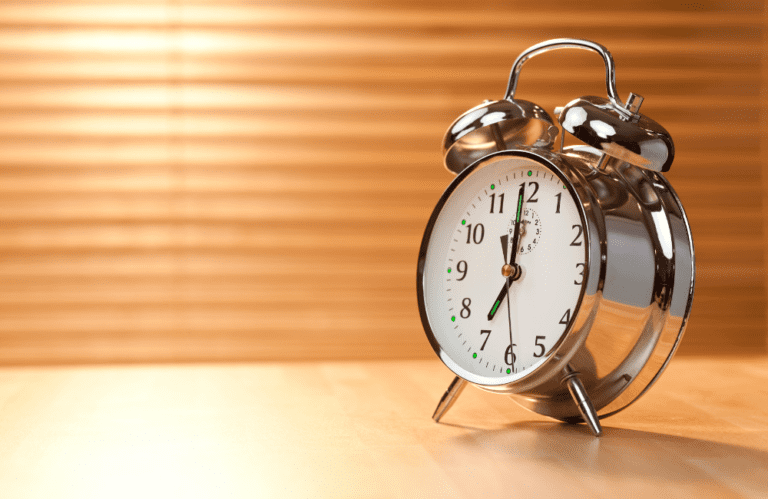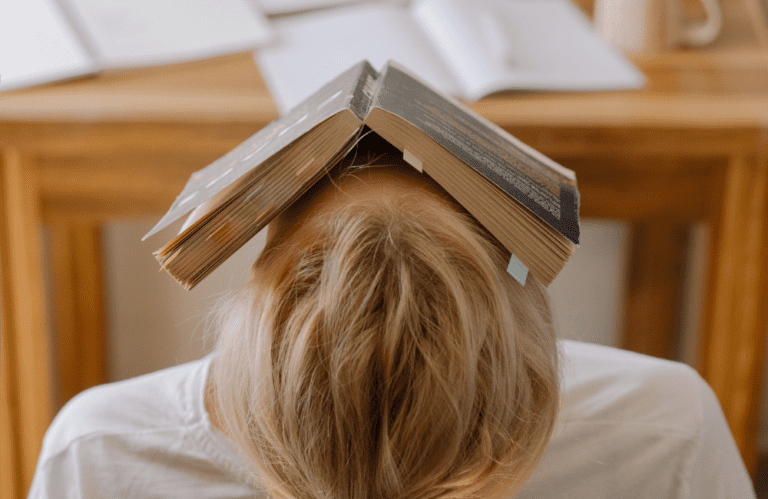
We’ve all been there—staring at a growing to-do list and feeling paralyzed by where to start. For ADHD brains, this can be especially challenging. Small tasks that seem trivial to others often pile up until they feel overwhelming. That’s why incorporating ADHD hacks into your routine can be a game-changer.
But if experience has taught me anything, it’s that there’s always a way to make things more manageable. The famous (and infamous) 2-minute rule has been a subject for debate among many, but at the same time, many swear by it as well. I have seen first-hand how it can transform how people with ADHD deal with small tasks, and in turn reduce their overall anxiety levels.
The goal: to get things done in a manner that they don’t pile up. What better way to accomplish that than ensuring that everything that you can do quickly is done so, therefore keeping the “clutter” in your to-do list to a minimum?
Let me walk you through how this works, why it’s effective, and how you can apply it today to reclaim your productivity.
What Is the 2-Minute Rule?
The concept is simple: if a task takes two minutes or less to complete, do it immediately. Don’t postpone it, don’t overthink it—just do it.
Why two minutes? Because most small tasks—like replying to an email, washing a dish, or putting away laundry—fall into this category. Dealing with them right away, you prevent these little tasks from snowballing into a source of stress.
This rule isn’t about finishing everything on your list in two minutes. Instead, it’s about clearing out the mental clutter of small, nagging tasks that drain your focus and energy.
Why the 2-Minute Rule Works for ADHD
ADHD often complicates productivity due to difficulty starting tasks (activation energy), staying focused, or prioritizing effectively. The 2-Minute Rule tackles these challenges head-on:
Breaks Through Procrastination
Starting is often the hardest part. The 2-Minute Rule eliminates the need for debate—there’s no “Should I do this now?” If it’s under two minutes, the answer is always yes.
Reduces Overwhelm
When small tasks pile up, they can feel insurmountable. Addressing them immediately prevents this buildup, keeping your workload manageable.
Boosts Dopamine
ADHD brains thrive on dopamine, the “feel-good” neurotransmitter. Completing small tasks provides a quick dopamine hit, making you feel accomplished and motivated.
Builds Momentum
I often say, “Small wins lead to big victories.” Finishing a two-minute task can give you the push to tackle larger items on your list.
Unfortunately, just as people often swear by the two-minute rule, there are also many who say that it doesn’t work. I won’t be the one who says that all the deniers are wrong, just that implementation of this rule usually involves several specific steps.
How to Apply the 2-Minute Rule
Here’s how you can incorporate the 2-Minute Rule into your daily routine:
1. Start With a Clean Slate
If your workspace or home feels chaotic, you’re not alone. A cluttered environment can make even simple tasks feel overwhelming.
One of my clients was always distracted by dishes piling up in the sink. I suggested applying the 2-Minute Rule: every time they finished eating, they immediately rinsed and put away their dish. Within a week, the kitchen was noticeably tidier, and they felt more in control.
2. Pair It With a To-Do List
When creating your to-do list, identify tasks that fit into the two-minute category. This might include:
- Sending a quick email.
- Returning a short text.
- Filing a document.
Mark these tasks with a special symbol, so you know to tackle them immediately.
3. Use It During Transitions
Transitions—like waiting for a meeting to start or taking a break between tasks—are perfect opportunities to implement the rule. Instead of scrolling through social media, ask yourself, “Is there a quick task I can knock out right now?”
4. Keep Supplies Handy
Sometimes, the friction of gathering materials delays starting a task. Keep frequently used items—like pens, sticky notes, or cleaning supplies—within reach to minimize barriers.
For example, one parent I worked with kept a bin of cleaning wipes in every room. When they noticed a spill or dust, they could clean it up in under two minutes without hunting for supplies.
5. Combine It With Larger Productivity Systems
While the 2-Minute Rule is powerful on its own, it’s even more effective when paired with broader productivity strategies.
- Time Blocking: Dedicate specific blocks of time for tackling two-minute tasks.
- Pomodoro Technique: Use the first two minutes of each Pomodoro session to clear small tasks.
- Task Batching: Group similar short tasks together for efficiency.
When NOT to Use the 2-Minute Rule
Another reason why for many this ADHD hack doesn’t work is applying it when it shouldn’t be applied. While this strategy is great for quick wins, it’s not suited for every situation. Avoid using the 2-Minute Rule when:
- You’re Deep in Focus: Interrupting a larger task for small ones can derail your concentration. Save these tasks for later.
- The Task Is Actually Bigger: Be honest—if a task takes more than two minutes, don’t let it snowball into procrastination disguised as “quick work.”
- It Becomes Overwhelming: If your day becomes a series of scattered two-minute tasks, step back and re-evaluate priorities.
Final Thoughts
The 2-Minute Rule is more than just a productivity hack—it’s a mindset shift. By addressing small tasks immediately, you can reduce mental clutter, build momentum, and create a sense of accomplishment. It’s not about perfection or completing your entire to-do list in one sitting. It’s about starting small, staying consistent, and setting yourself up for success.
So the next time you’re faced with a minor task, don’t put it off. Ask yourself, “Can I do this in two minutes?” If the answer is yes, take action. Those little victories do add up, and before you know it, you’ll be tackling larger goals with ease!





